
Untitled (1963)
William Brice
“Sense of scale does not depend on the proportional relationship of forms. It also has to do with the way the surface is experienced. One of the determinants of scale is time. How long it takes to get from one place to another. . . . I think my elaboration of surface has to do with a quality of time.”—William Brice
Acrylic on canvas 57 3/8 x 69 3/8 in
Courtesy of L.A. Louver, Venice, California © Estate of William Brice
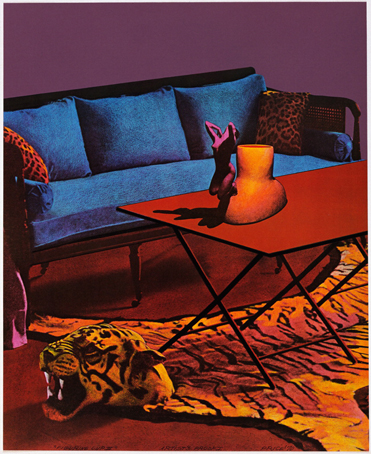
Figurine Cup III (1970)
Ken Price
Price created two bodies of prints, the Figurine Cup Series (1970) and the Interior Series (1972), both focusing on his fundamental attraction to cups. Figurine Cup III uses Pop imagery to create an environment.
Offset lithograph and screenprint 18 1/2 x 15 in
Courtesy of Gemini G.E.L Figurine Cup III © Ken Price and Gemini G.E.L.
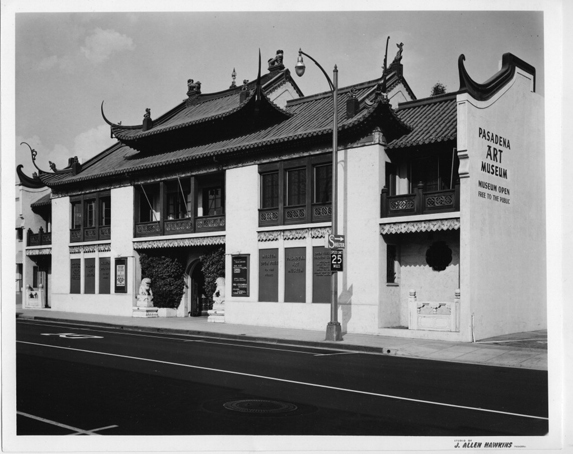
Exterior of the Pasadena Art Museum (1962)
Photographer Unknown
The building that bears the name Pasadena Art Museum illustrates the history of this landmark building, now home to the Pacific Asia Museum.
Black-and-white photograph N/A
Courtesy of the Archives, Pasadena Museum of History © Pasadena Museum of History
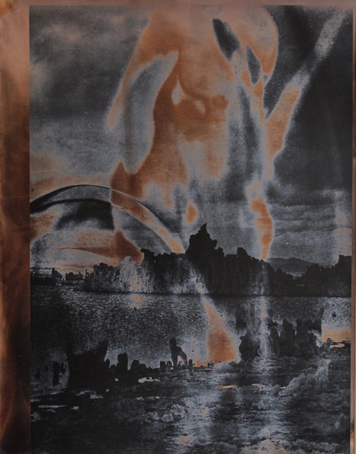
Mono Lake with Abstraction (ca. 1970)
Edmund Teske
Edmund Teske approached photography as a medium that allowed for many layers of visual and conceptual interpretation. His images addressed both emotional and spiritual questions, with their immediate visual impact that leads to an exploration of memory, dreams, and perception. The combination of Teske’s captivating visual images and his technical skills in the lab created works at once both subtle and powerful. A feature of the artist’s work is the blending of complex tones to tell a story. Mono Lake, located 300 miles northeast of Los Angeles in the Sierra Nevada Mountains, was used as a water source by the Los Angeles Department of Water and Power beginning in 1940. This extraction threatened the continued existence of the lake. Mono Lake Abstraction creates poetic imagery through the use of polarization, which captures both the sublime beauty that has endured for millions of years and the lake’s agonizing and quickly declining circumstances in the twentieth century. Created in 1970, Mono Lake Abstraction simultaneously presents the concepts of permanence and impermanence, and its poetic image is achieved through the photographer’s composition and technical savvy in the duotone polarization [OR SOLARIZATION??] process.
Duotone solarized gelatin silver print 14 x 11 in
Courtesy of the Edmund Teske Archives and Craig Krull Gallery, Santa Monica © Edmund Teske Archives, Laurence Bump and Neil Vidstrand
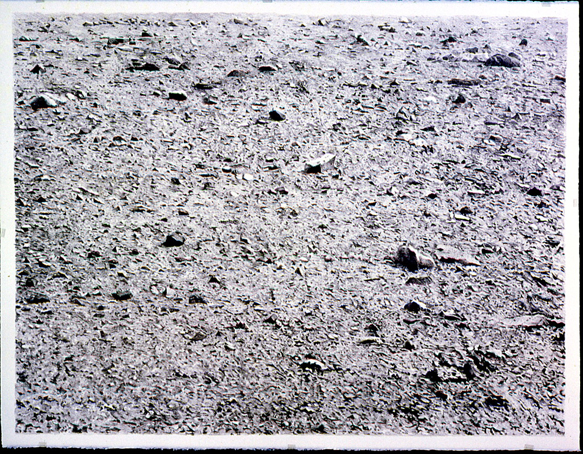
Desert (1971)
Vija Celmins
Desert (1971) is an example of the artist’s use of nature in minimal expression. Using a nuanced palette, Celmins renders the boundless space of the desert floor with detailed accuracy. Celmin’s sensitivity to the most minute of organic details, along with her perceptions of wide open spaces, depicts a natural scene that lacks a point of reference, horizon, or discernable depth of field. The spatial ambiguity of this work invites viewers to question the notions of realism and challenges their concepts of knowledge and perception.
Lithograph 22 x 29 in
Courtesy Cirrus Gallery, Los Angeles © Cirrus Editions Ltd.
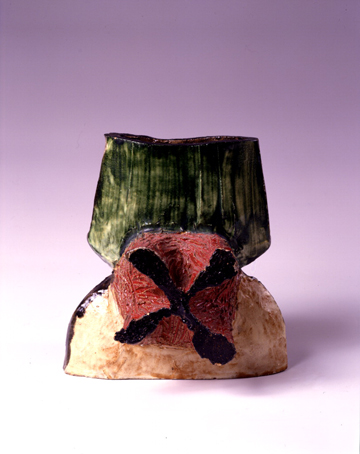
X Pot (1958)
John Mason
The X Pot is an object that represents the transition between Expressionism and Pop. John Mason’s transformative ceramic piece contains an x, a recurring motif throughout many of his works. The X Pot shows the expressive possibilities of the medium. Mason was at the forefront of ceramic art innovation and gave the medium relevance to contemporary art.
Ceramic 12 x 11 1/2 x 10 in
Scripps College, Claremont, CA, Gift of Mr. and Mrs. Fred Marer © John Mason














